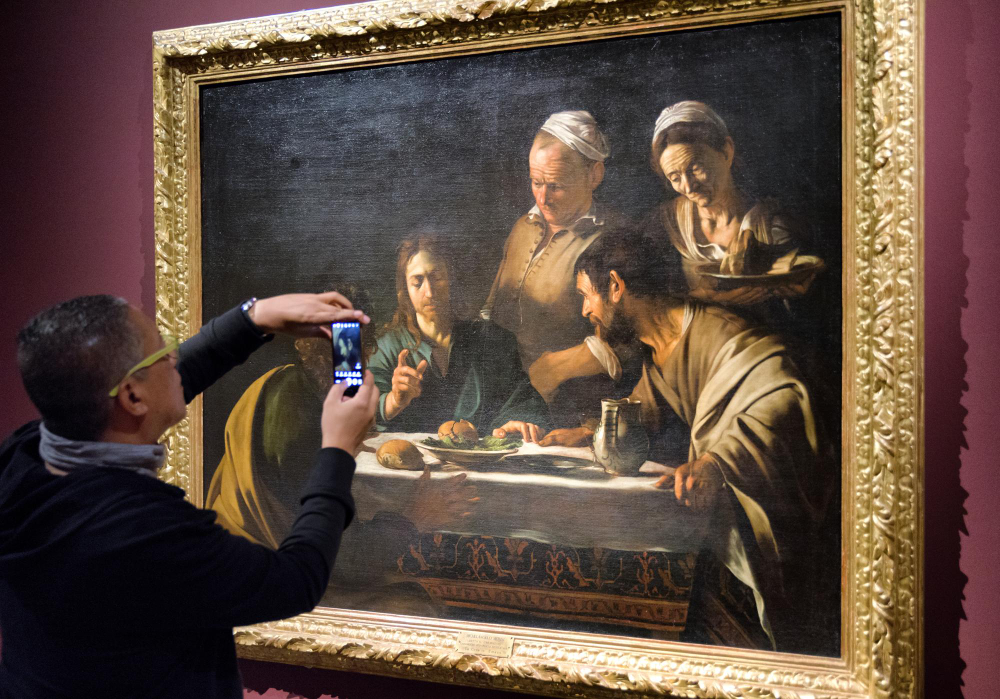
There’s something quietly magical about seeing a painting return to life after years — or even centuries — of wear. Dirt, yellowed varnish, old repairs, humidity, or simply the passage of time can leave even the finest artworks looking dull or damaged. Art restoration is the delicate process of reversing that decline, helping paintings reclaim their original vitality.
But restoration is far more than technical repair. At its heart, it’s about respect — for the artist’s intent, for the piece’s history, and for the fragile materials that together create a work of art. Each painting tells a story, not only in its imagery but also in the very texture of its brushstrokes and the patina it gathers over decades. A restorer’s job is to preserve that story, not rewrite it.
In my studio, the process typically begins with careful assessment. Every painting is different, and understanding its unique condition is essential. I might use gentle solvents to clean away surface grime, or carefully remove discoloured varnish that’s hiding the true colours beneath. If the canvas has suffered tears, it can be lined or patched. Flaking paint can be consolidated, so it holds fast once again.
Retouching losses is always done with the lightest hand possible — matching colour and technique so repairs disappear into the whole. Finally, a protective varnish is applied to safeguard the work for years to come.
A successful restoration isn’t obvious; rather, it lets the original painting breathe freely again, its subtleties and vibrancy revealed as the artist intended. For collectors, galleries, or anyone who cherishes a work of art, restoration offers not just preservation but a rediscovery — a chance to see familiar beauty afresh.

good post